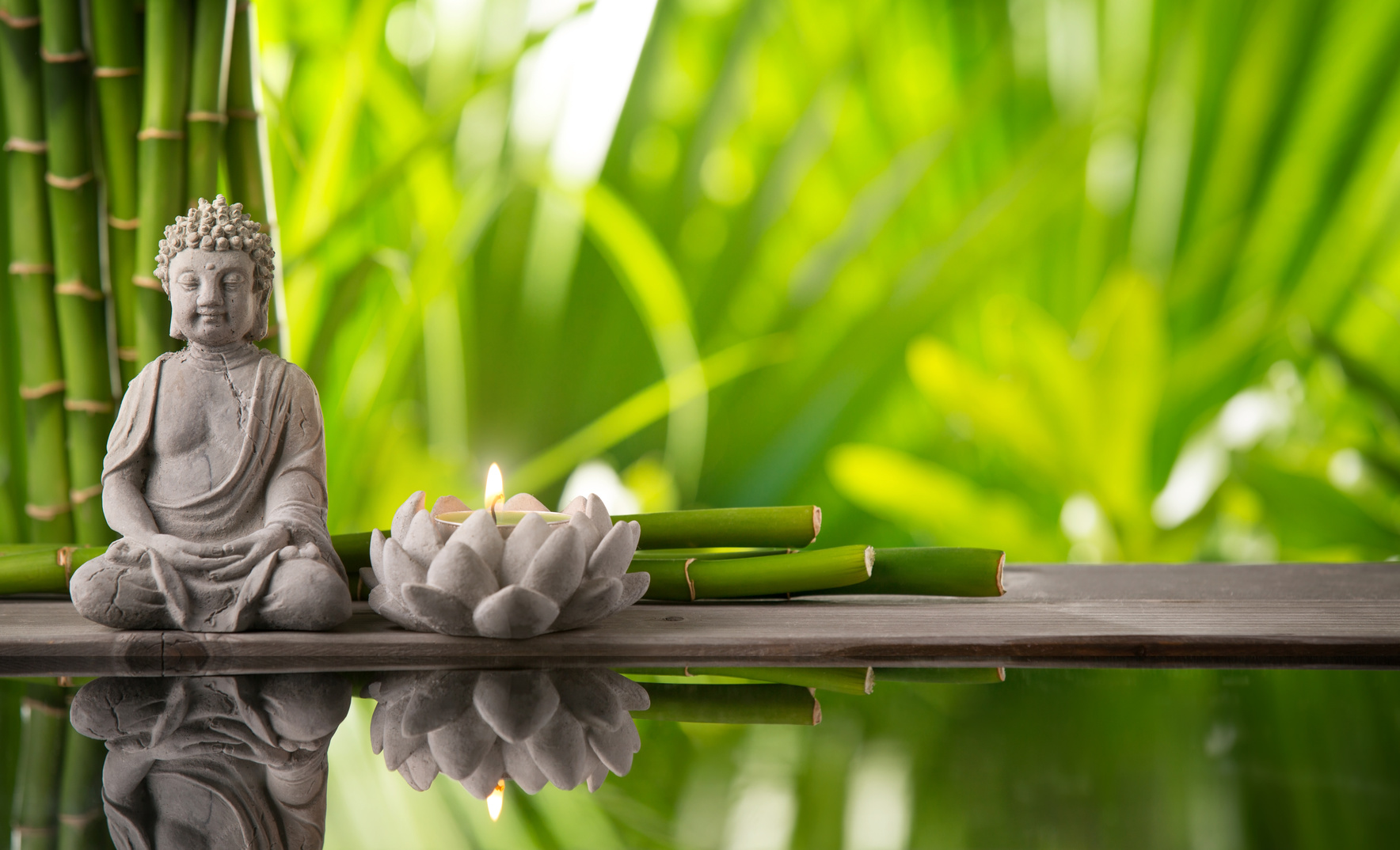

Sustaining a relaxed level of awareness is key to perceiving thoughts, emotions, and the surroundings in a way that promotes Zen Meditation, and this can sometimes involve maintaining the eyes in a semi-open position. Take a look at our hand picked top recommendation for your Meditation Cushion Simply sitting upright with legs crossed or folded will do, and experimenting with multiple positions and techniques until you find one that’s best suited for you is typically a wise approach for beginners. The important thing is that you feel comfortable and in a position that allows the body rest comfortably, while being able to focus completely upon the mind and breathing process. Several methods and techniques exist to accomplish this, including the well-known “full lotus” position, which is generally recommended for more advanced practitioners, but not usually employed by beginners.

Adopt a comfortable positionīringing that notion into our next step, it then becomes necessary to find a meditation position that allows the back and body to stay in an upright posture and provides a strong foundation for letting the breath move deeply, freely, and naturally within and throughout the body. The idea here is that the practitioner feels comfortable and at ease, able to devote sole attention to their Zen Meditation practice while feeling natural and comfortable within his or herself. Creating a relaxing and meditation-friendly environment where true mindfulness can take place is crucial for success, and will vary for everyone but could include meditation cushions, candles, incense, and more. To attain the goal of becoming as centered as possible, practitioners of Zen Meditation place special attention upon the breath and the breathing process to clear the mind and anchor themselves within the “now,” or present moment. Buddhist monk meditating Create the right environment This is what the practice of Zen Meditation (also known as Zazen) is all about bringing our focus back into a place where it’s in its purest and fullest form by practising the art of “thinking without thinking”.
ZEN BUDDHISM FULL
When we can let go of our anxiety for tomorrow, the need to judge what is taking place within and around us, and our mental conditioning from years that have passed, we can then reclaim the present moment and grant it the full level of awareness and attention that it deserves. It’s fair to say that an awareness of our surroundings and ability to stay present in each moment are about the most important factors for experiencing a more mindful and compassionate way of life.


 0 kommentar(er)
0 kommentar(er)
